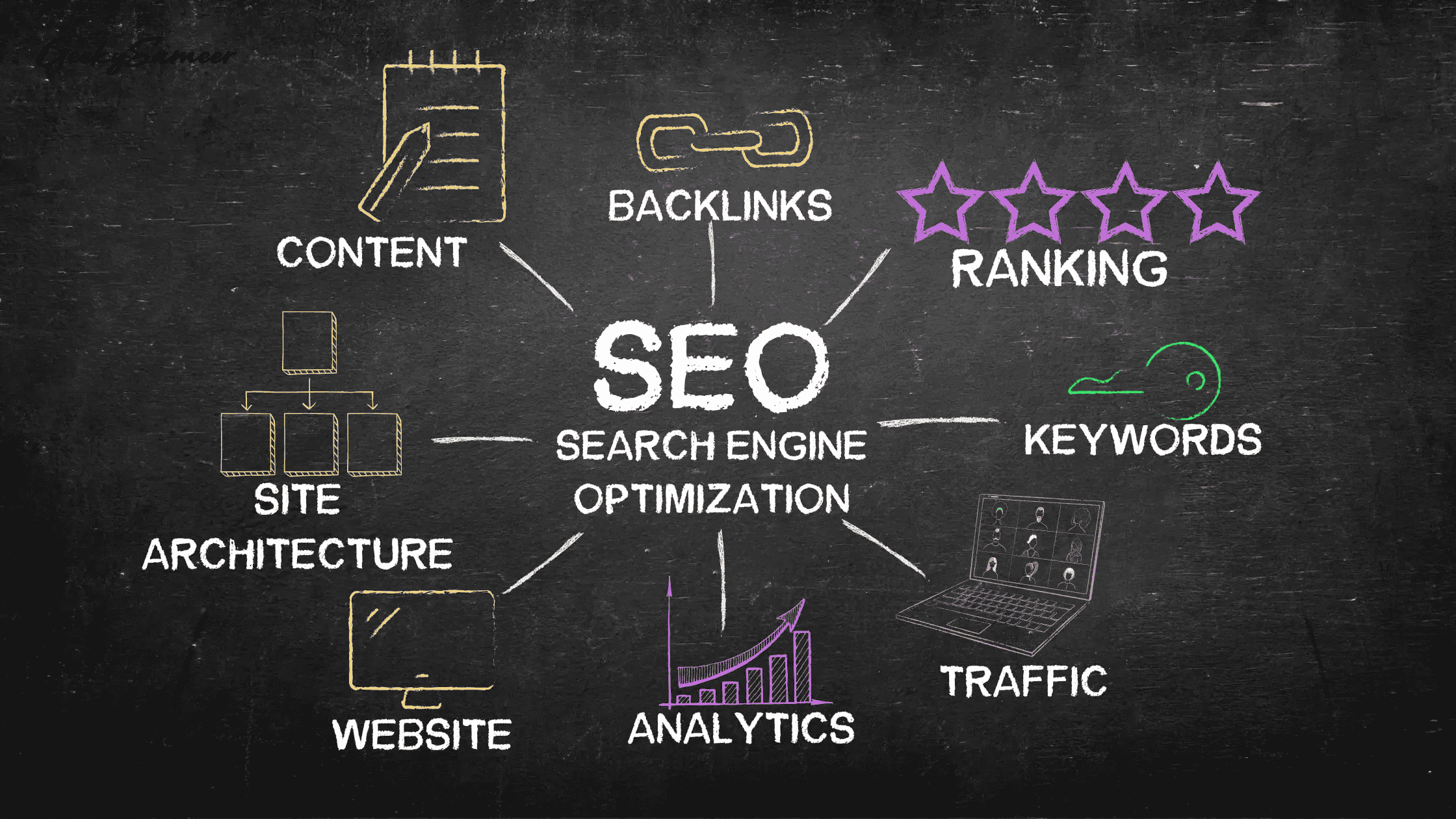Effective Strategies to Grow Your SaaS Business from Start-Up to Scale-Up

Building and scaling a SaaS business is not easy. Although the SaaS model offers you recurring revenue and worldwide market potential, it comes with unique challenges demanding a strategic approach. Here's how you can take your SaaS business to scale sustainably and efficiently using tried and tested methods.
Why Scaling a SaaS Business is Different from Scaling Other Start-Ups
Scaling a SaaS business has its own share of challenges and opportunities. Unlike traditional businesses, SaaS companies rely significantly on retaining customers and expanding revenue streams over time.
1. Uniqueness of Challenges Experienced by a SaaS Start-Up
In SaaS, customer acquisition is costly, so retention is crucial. Unlike one-time sales, SaaS revenue is always tied to customers paying for subscriptions on a consistent basis. The other significant challenge lies in achieving and sustaining product scalability while controlling costs.
2. SaaS Metrics That Matter
Metrics are the beating heart of SaaS success. Key performance indicators include:
- Monthly Recurring Revenue (MRR) and Annual Recurring Revenue (ARR): These help track predictable income streams.
- Customer Lifetime Value (CLV) vs. Customer Acquisition Cost (CAC): Ensuring that CLV outweighs CAC is essential for profitability.
- Churn Rate: This indicates the percentage of customers leaving your platform, directly affecting long-term growth.
Key Stages of Scaling a SaaS Business
SaaS growth happens in stages, with specific strategies for each phase.
Stage 1: Laying the Foundation
Begin with a profitable niche and focus on solving a clear problem for your target audience. A strong Minimum Viable Product (MVP) is crucial at this stage. The MVP should address customer needs and provide a base for improvements based on user feedback.

Stage 2: Finding Product-Market Fit
Once your MVP is in place, concentrate on achieving product-market fit. This involves collecting user feedback to refine your offering and ensuring it meets the market's demands. Pivot quickly if necessary, based on data-driven decisions.
Stage 3: Expanding to New Markets
After establishing a foothold, expand to new markets. This requires localizing your product and marketing strategies to cater to different regions. Be prepared to navigate cultural and regulatory differences as you grow internationally.
Revenue Growth Strategies for SaaS Businesses
Revenue growth is a key priority for SaaS companies. Below are effective ways to achieve it.
1. Optimizing Pricing Models
Pricing is an important factor for SaaS success. Experiment with subscription tiers targeting different customer segments. Consider also the freemium models, where users can attract people through free access to basic features while charging for premium features.
2. Leverage Strategic Partnership
Partnerships can expedite growth. Be with a company that complements your product or service. Referral programs, where partners recommend your SaaS to their customers, can help you acquire users at a lower cost.
3. Scaling Organic Growth: The Role of Marketing
Investing in organic growth strategies like content marketing can provide long-term benefits and is often one of the best growth marketing strategies for SaaS businesses. By creating content optimized for SEO and by means of thought leadership, a marketing agency like Boring Marketing can help generate sustainable revenues for your brand.
Look for ways to create blogs and guides that help solve customer problems while boosting your search rankings. By utilizing an effective organic marketing strategy, consistent traffic flow is ensured, and trust and credibility are built up with the audience, which is somewhat critical in today's competitive markets.

4. Role of Video Marketing in SaaS Growth
Video marketing has become the new necessity for any SaaS business seeking an edge. Product demos, tutorials, and even customer testimonials can be much more impactful in video form rather than in plain words. Therefore, YouTube and LinkedIn are potential channels for reaching the target market through targeted video content.
Make an explainer video and integrate it into your marketing strategy. These videos can help explain complex features, build trust, and drive conversions. This is an area where agencies like Boring Marketing can also assist by creating compelling video content that aligns with your brand.
Operational Excellence: Scaling Teams and Systems
Efficient operations are essential when scaling your SaaS business.
1. Hiring for Growth
As your business grows, hire the right talent. Focus on candidates with relevant skills and experience in SaaS. Building a culture of collaboration and innovation ensures that employees contribute effectively to scaling efforts.
2. Automating for Efficiency
Automation reduces costs and improves efficiency. Automate repetitive processes like customer onboarding or support ticket management. For example, AI-powered chatbots can handle basic inquiries, allowing your team to focus on more complex tasks.
3. Data-Driven Decision-Making
Data is a powerful tool for scaling. Through analytics platforms, you track metrics such as the kind of user behavior, conversion rates, and churn. Such regular reporting allows you to identify trends and make proactive adjustments in your strategy.
Common Pitfalls and How to Avoid Them
Scaling comes with risks, but knowing some common pitfalls can be helpful in avoiding costly mistakes.
1. Over-Reliance on One Revenue Stream
Diversify your revenue streams to reduce dependency on a single source. For instance, consider upselling add-ons or launching new features that complement your core offering.

2. Scaling Too Quickly
Growing too fast without the necessary infrastructure can backfire. Ensure your team, systems, and customer support are ready to handle increased demand before expanding aggressively.
3. Neglecting Customer Experience
Customer experience plays a vital role in retention. Even the best product can fail if customers feel unsupported. Regularly seek feedback and address pain points to improve satisfaction and loyalty.
Lessons from Successful SaaS Companies
Examining successful SaaS companies can provide valuable insights.
1. Dropbox: The Power of Freemium and Referral Strategies
Dropbox used a freemium model to attract users and incentivize referrals by offering additional storage. This strategy helped it grow rapidly while keeping acquisition costs low.
2. Slack: Scaling by Solving Communication Pain Points
Slack focused on a specific problem—team communication—and solved it effectively. Its intuitive interface and integrations with other tools made it indispensable to the teams.
3. Salesforce: Leverage on Partnerships and Ecosystems
Through building an ecosystem of apps and integrations, Salesforce added value to its CRM platform. Partnering strategically enabled the company to scale while maintaining customer satisfaction.
Conclusion
Scaling a SaaS business requires the right mixture of strategic planning, customer-centric operations, and a focus on metrics. Optimizing pricing, investing in organic growth, and maximizing automation should put your business in a good position to generate sustainable growth.
Avert common pitfalls, learn from successful companies, and videotape a key part of this strategy. Properly positioned, your SaaS company would benefit and, in fact become a start-up that flourishes into a robust enterprise which will celebrate years to come.






